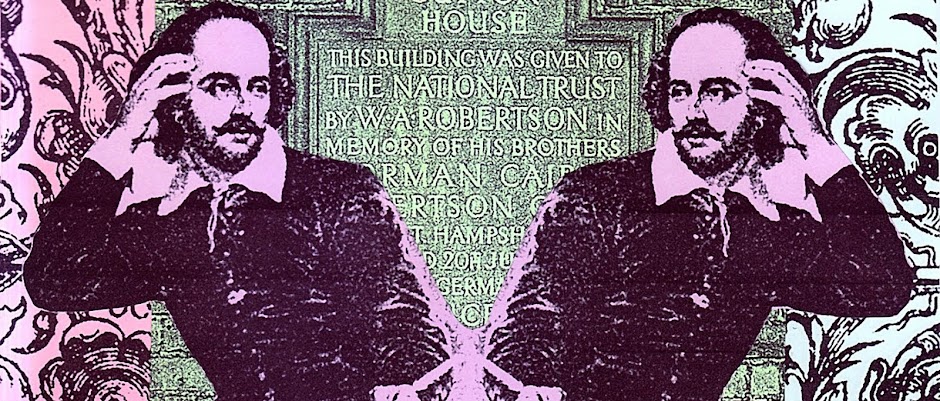 |
 |
| The Small Mansion, Gunnersbury park |
 |
| Ellie, expertly demonstrating how to wash clothes |
The museum is currently closed for renovation, due to be re-opened in 2018, so the bulk of learning and community stuff happens in the Small Mansion next door at the moment. Gunnersbury House, which sits in the middle of the park was built in the late Georgian period and later bought by the Rothschilds. The house and land was sold in the 1920s on the condition that it was to be open to all as a place of leisure.
In the handling/reminiscence session, we learnt about the roles and life of the domestic staff in the house in Victorian times. We also handled a variety of objects from the collection, and reproduction objects, on the theme of domestic service, including carbolic soap, a bed warming pan, irons, a variety of brushes and polishes, a jelly mould, and a load more. A lot of them were unfamiliar to me (especially the wooden butter shapers!) but were very familiar to the Recycled Teenagers, for whom they weren't just historic artefacts, but objects from their past. Led by Ellie and Sarah, we discussed the objects and they all reminisced about old jobs they used to have.
The item we spoke about most, both during the workshop, and afterwards, was a beautiful dress that Ellie showed us at the beginning. When I first saw it, I thought it was kind of underwhelming, but hearing the story about it changed my mind, and it really resonated with many of the Recycled Teenagers.
It's a plain lavender print work dress, it's hand sewn and would have belonged to a maid. It was donated to the museum in 1954 by a Miss Lilian Bottle, and came with a scrap of paper saying 'working frock, belonged to aunt, died, 1891'. It's dated as circa 1890 on the museum catalogue, but we can safely assume it was from earlier than that (thanks to Ellie for providing me more info about the dress!). That is all that is known about the dress. The stitching is so generous and beautiful, this was likely worn by a more high ranking maid who was 'on show' more. There are a few light stains on the dress, most probably because such dresses would have been passed down generations. Ellie told us that in spite of its humble and unassuming appearance, this dress is one of the most valuable items in the collection. The reason for this, is because most Victorian maid's dresses would have been passed down until they fell to pieces, or were beyond repair, at which point they would have been cut into rags and used as cloths for cleaning. That one of these has survived, been looked after by its owner, and then cared for by a museum, is really remarkable.

The next time I saw the Recycled Teenagers, we spoke about the workshop again. Everybody was still talking about the dress. I said that I thought it was exciting that the dress was the most valuable item in the collection because - and Joan, one of the Recycled Teenagers, finished my thought for me - 'it belonged to a normal woman'. It was such a lovely and rare treat to see an item that belonged to an everyday working woman, and to see it being revered, and spoken about with such tenderness and import. It was a lovely moment to see how this had resonated with a group of working class women from Hackney, who through a reminiscence session, had learned they had much in common with the kind of woman who might have worn this dress. I'm so excited to see how the dress is put to use once the museum transformation is complete, and I can't wait to revisit it. Thanks to Ellie, Sarah and Sharon for hosting such an inspiring day!




